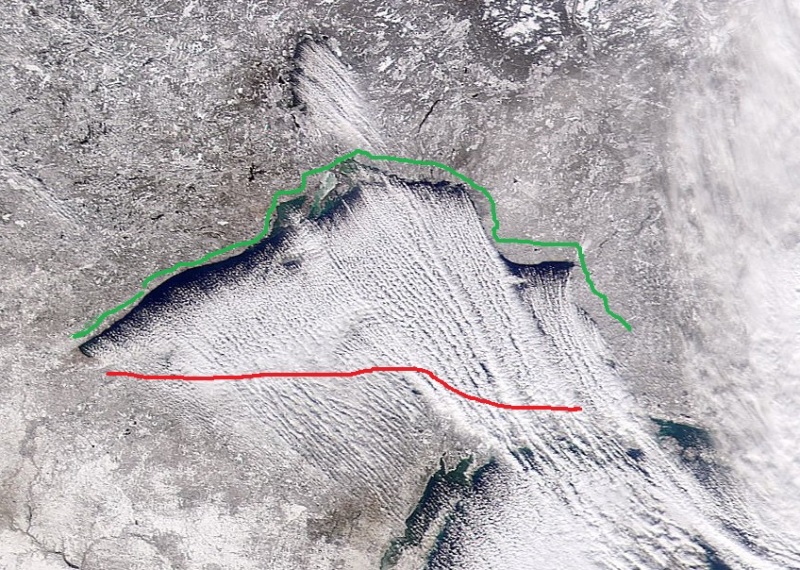waross
Electrical
- Jan 7, 2006
- 28,107
Canadians stranded after bridge splits amid intense cold
Bill
--------------------
"Why not the best?"
Jimmy Carter
Bill
--------------------
"Why not the best?"
Jimmy Carter
Follow along with the video below to see how to install our site as a web app on your home screen.
Note: This feature may not be available in some browsers.

JohnRBaker said:"When it comes to designing a new style bridge, since virtually all bridges are paid for with taxpayer money, in order to reduce costs, safety factors for these new and radical designs will be reduced until there's a failure, at which point the engineers will go back to the last example that did not fail and it will thus become the minimal standard going forward."
![URL]](https://res.cloudinary.com/engtips/image/fetch/w_800,c_lfill,q_auto,f_auto,g_faces:center/[URL unfurl="true"]http://picayune.uclick.com/comics/ch/1986/ch861126.gif[/URL])
![URL]](https://res.cloudinary.com/engtips/image/fetch/w_800,c_lfill,q_auto,f_auto,g_faces:center/[URL unfurl="true"]http://www.ctvnews.ca/polopoly_fs/1.2731470.1452473187!/httpImage/image.jpg_gen/derivatives/landscape_620/image.jpg[/URL])
The bridge appears to be asymetrical. Is this correct and could this be a contributing factor?The new structure is a replacement for the existing two-lane bridge over the Nipigon River. The new bridge is a four-lane, two-span structure with spans of 112.8 meters and 139 meters. - See more at:
Butch Cassidy and The Sundance Kid said:Butch Cassidy: Alright. I'll jump first.
Sundance Kid: No.
Butch Cassidy: Then you jump first.
Sundance Kid: No, I said.
Butch Cassidy: What's the matter with you?
Sundance Kid: I can't swim.
Butch Cassidy: Are you crazy? The fall will probably kill you.
Sundance Kid: Oh, shit...
